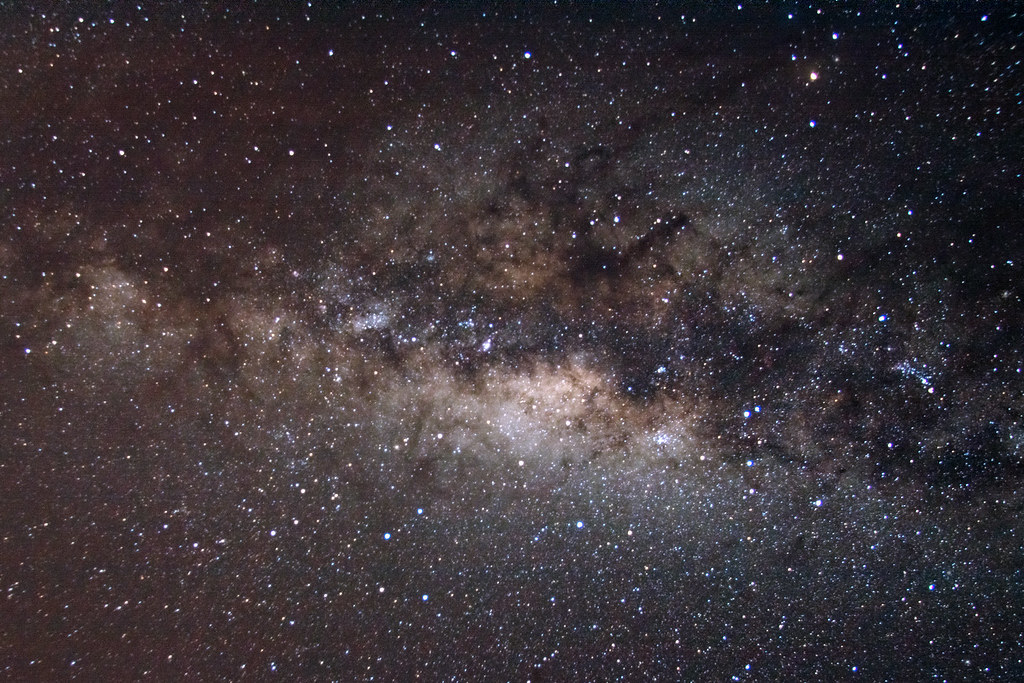Huge 'impossible' black hole that challenges all theories spotted in Milky Way
The discovery of the huge black hole by an international team, led by scientists at NAOC, has toppled current theories about black holes.

- Country:
- China
An unexpectedly huge black hole, 70 times as massive as the Sun, has been discovered in our Milky Way galaxy, and it challenges the existing models of how stars evolve, scientists said on Thursday. Milky Way is estimated to contain 100 million stellar black holes -- cosmic bodies formed by the collapse of massive stars, and so dense even light can't escape.
Until now, scientists had estimated the mass of an individual stellar black hole in our galaxy at no more than 20 times that of the Sun, the researchers said. However, the discovery of the huge black hole by an international team, led by scientists at the National Astronomical Observatory of China of the Chinese Academy of Sciences (NAOC), has toppled that assumption.
The study, published in the journal Nature, described the stellar black hole named LB-1, located 15 thousand light-years from the Earth.
Black holes of such mass should not even exist in our Galaxy, according to most of the current models of stellar evolution
"We thought that very massive stars with the chemical composition typical of our galaxy must shed most of their gas in powerful stellar winds, as they approach the end of their life," Liu said.
Therefore, the researchers said, they should not leave behind such a massive remnant. "LB-1 is twice as massive as what we thought possible. Now theorists will have to take up the challenge of explaining its formation," Liu added.
Until just a few years ago, stellar black holes could only be discovered when they gobbled up gas from a companion star, the researchers said. This process creates powerful X-ray emissions, detectable from the Earth, that reveal the presence of the collapsed object, they said. The researchers explained that a vast majority of stellar black holes in our galaxy are not engaged in a cosmic banquet, though, and thus don't emit revealing X-rays.
As a result, only about two dozen galactic stellar black holes have been well identified and measured, they noted. To counter this limitation, Liu and his collaborators surveyed the sky with China's Large Sky Area Multi-Object Fiber Spectroscopic Telescope (LAMOST), looking for stars that orbit an invisible object, pulled by its gravity.
The results, researchers said, were nothing short of fantastic: a star eight times heavier than the Sun was seen orbiting a 70-solar-mass black hole, every 79 days. The discovery of LB-1 fits nicely with another breakthrough in astrophysics, the researchers said.
Recently, the Laser Interferometer Gravitational-Wave Observatory (LIGO) and Virgo gravitational wave detectors have begun to catch ripples in spacetime caused by collisions of black holes in distant galaxies. The black holes involved in such collisions are also much bigger than what was thought possible, the researchers said.
The direct sighting of LB-1 proves that this population of over-massive stellar black holes exists even in our own backyard, they said. "This discovery forces us to re-examine our models of how stellar-mass black holes form," said LIGO Director Professor David Reitze from the University of Florida in the US.
"This remarkable result along with the LIGO-Virgo detections of binary black hole collisions during the past four years really points towards a renaissance in our understanding of black hole astrophysics," said Reitze.
(With inputs from agencies.)










